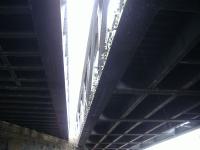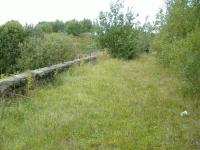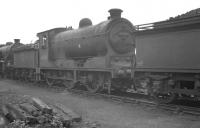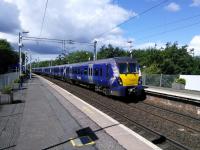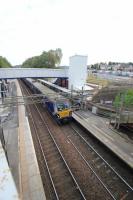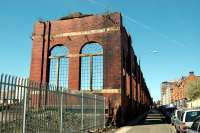Glasgow and Coatbridge Branch (North British Railway)
Introduction
This line is open and carries a regular passenger service. The line was initially authorised for the Edinburgh and Glasgow Railway as the Glasgow and Coatbridge Railway.
This line was then developed by the North British Railway to replace the previously proposed Glasgow, Airdrie and Monkland Junction Railway of 1846 which was not successful (despite having agreed to purchase the then site of the University of Glasgow for a terminus and relocate it to Glasgow's West End land was purchased in preparation - the line was not built and the University moved west at a later date to a different site from the earlier planned site).
Dates
Portions of line and locations
This line is divided into a number of portions.
Glasgow to Coatbridge
This was the terminus of the line east to Airdrie.
...

Ewan Crawford //1987
This junction was at the east end of the Glasgow City and District Railway where it joined the Glasgow and Coatbridge Branch (North British Railway).
...
See also
Glasgow City and District Railway
This is the junction to the east of High Street station where the line east to Airdrie is met with the freight and empty stock movements line from Pollok Junction.
...
See also
City of Glasgow Union Railway
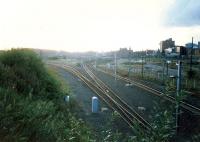
Ewan Crawford //1987
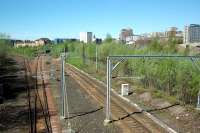
Ewan Crawford 05/05/2006
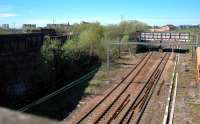
Ewan Crawford 05/05/2006
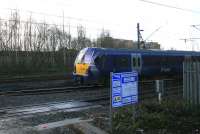
Colin McDonald 24/01/2015
This mineral depot was opened around 1907 as part of the North British Railway's improvements to its goods facilities in Glasgow.
...
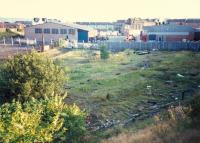
Ewan Crawford //1987
This quadruple track tunnel is 220 yards long. Only two tracks presently run through it from High Street Junction to Bellgrove station.
...
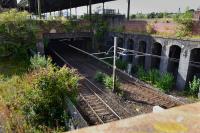
Bill Roberton 02/08/2020
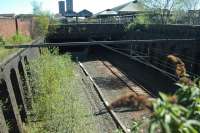
Ewan Crawford 05/05/2006
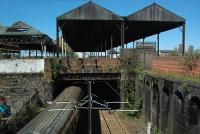
Ewan Crawford 05/05/2006
The Glasgow cattle market moved to Bellgrove in 1817. The market was rebuilt several times and this market dates from around the 1870s.
...
This is an island platform station. There was a slim station building at the east end of the station and a canopied at the west end, the slim building outlasting the sizeable canopy into the late 1980s. A shelter now adorns the platform. A heavy brick built retaining wall with recesses borders the north side of the site.
...
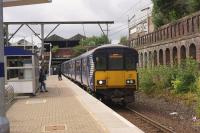
John McIntyre 14/08/2021
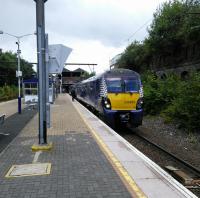
David Panton 05/08/2017
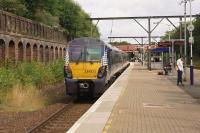
John McIntyre 14/08/2021
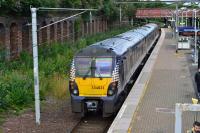
Bill Roberton 02/08/2020
Sword Street Mineral Depot ...
More detailsBellgrove East signal box was at Bellgrove Junction, the first version being on the north side of the junction. This was replaced in 1904 when the line was quadrupled. The new box - somewhat narrower than typical boxes - was in the 'V' of the junction and surrounded by lines thanks to the complications of the passenger and goods lines. (To the west the southern of the four through lines were the ...
More detailsSee also
City of Glasgow Union Railway
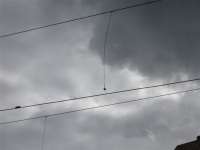
Colin Harkins 29/08/2006
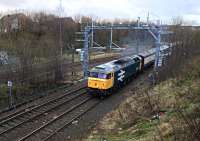
Colin McDonald 23/12/2015
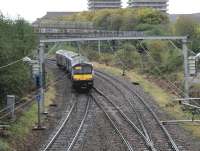
Colin McDonald 06/10/2014
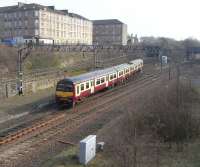
David Panton 26/03/2011
This goods yard was on the south side of the Glasgow and Coatbridge Branch (North British Railway), east of East Nelson Street, with lines approaching from the east.
...
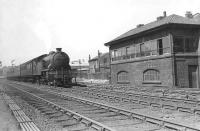
G H Robin collection by courtesy of the Mitchell Library, Glasgow 01/05/1958
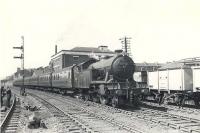
G H Robin collection by courtesy of the Mitchell Library, Glasgow 01/05/1958
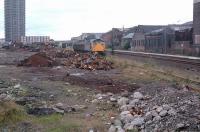
Ewan Crawford //1988
This signal box was to the west of Parkhead North station and controlled its western approach. The box was on the north side of the line. The Switchback (Caledonian Railway) crossed overhead just to the east.
...
This forge in Parkhead, north east Glasgow, was built around 1837 for Reoch Brothers & Co. The oldest part was on the south side of New Road by the junction with Old Edinburgh Road. In 1841 David Napier took over the Parkhead Forge.
...
See also
The Switchback (Caledonian Railway)
This was a two platform station. To the south were two goods lines, and a yard. To the east was Parkhead Shed and Parkhead Junction [NB].
...

John Furnevel 25/03/2007
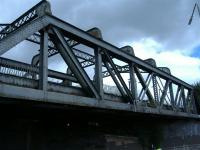
Colin Harkins 29/08/2006
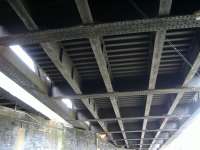
Colin Harkins 29/08/2006
The lines from Bellgrove and Alexandra Parade met here. The junction was east of Parkhead North station. The signal box was on the north side of the junction. Opposite on the south side of the line was Parkhead Shed and to its east a goods yard. On the north side of the line was Parkhead Railway Wheel and Axle Works.
...
See also
City of Glasgow Union Railway
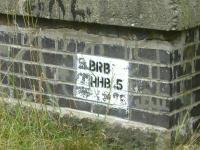
Colin Harkins 29/08/2006
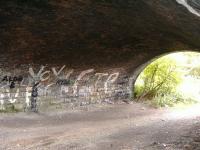
Colin Harkins 29/08/2006

John Furnevel 02/04/2009
This shed was south of the Glasgow and Coatbridge Branch (North British Railway) and east of Parkhead North station. It was a double ended shed and access was from the west and east.
...

...
Colin Kirkwood 23/02/1963
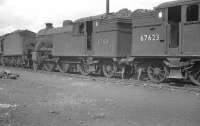
K A Gray 03/04/1961
This is a two platform station elevated above surrounding streets.
...
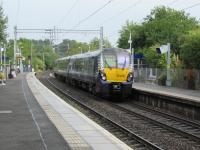
David Panton 08/09/2018

John Yellowlees 14/05/2010
This signal box was at the west end of Shettleston station. In addition to the line it controlled access to various works.
...
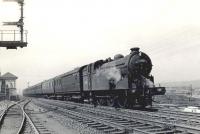
G H Robin collection by courtesy of the Mitchell Library, Glasgow 28/04/1958
This is a two platform station on the former North British Railway's Glasgow to Coatbridge line. The main station building is on the westbound platform with a car park to the south.
...
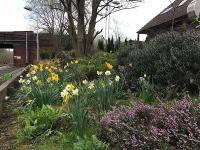
Colin McDonald 21/04/2018
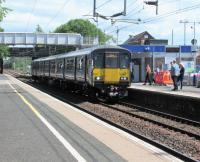
David Panton 13/07/2019
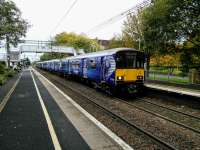
David Panton 14/10/2017
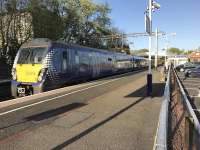
Colin McDonald 08/05/2017
This rail served permanent way depot is to the immediate south of the former Shettleston Junction and just east of Shettleston station. The depot may date from the opening of the Hamilton branch in 1877. ...
More details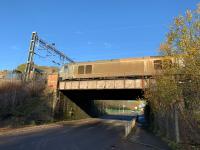
Colin McDonald 19/11/2020

Colin McDonald 19/11/2020
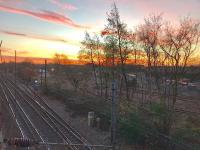
Colin McDonald 14/12/2018
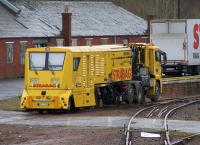
Colin McDonald 22/02/2017
This junction between the North British Railway's Glasgow-Coatbridge line and the Hamilton Branch opened in 1877 and closed on 04/10/1965, with the closure of the line to Mount Vernon Colliery. There was a small set of sidings on the Hamilton branch and a Glasgow bound loop.
...
See also
Glasgow, Bothwell, Hamilton and Coatbridge Railway
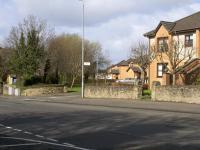
Colin McDonald 20/03/2017
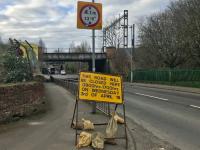
...
Colin McDonald 29/03/2019
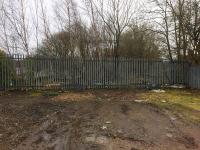
Colin McDonald 17/03/2017
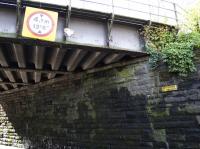
Colin McDonald 20/03/2017
This yard was east of Shettleston Junction on the North British Railway's Glasgow-Coatbridge line. The yard survived, in much reduced form, into the 1980s. Some track remains, out of use. A looped sidings remains on the south side of the line running from the east part of the yard to Shettleston Junction.
...
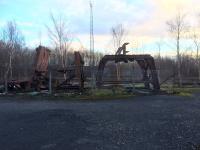
Colin McDonald 21/03/2017

G H Robin collection by courtesy of the Mitchell Library, Glasgow 14/04/1958
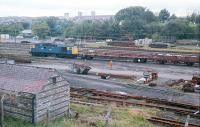
Ewan Crawford //1988
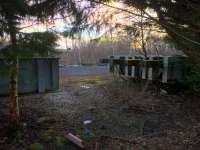
Colin McDonald 21/03/2017
This signal box controlled the east approach to Shettleston Yard. It was on the south side of the line. The railway was quadruple track through the yard, there being an up and down loop. It dropped down to a double track again at Shettleston Junction to the west.
...
This works was located to the east of Shettleston Yard and south of the North British Railway's Glasgow-Coatbridge line.
...
This is a two platform station.
...
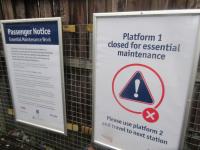
...
John Yellowlees 30/04/2021
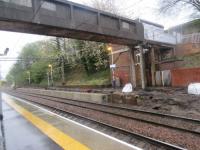
...
John Yellowlees 30/04/2021
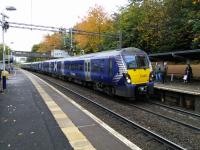
...
David Panton 14/10/2017
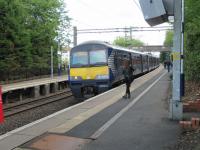
David Panton 25/08/2018
This is a two platform station. It is located between Easterhouse itself (to the north) and Swinton to the south. North of the ststion runs the M8, formerly the Monkland Canal. To the south was Hallhill Colliery Pit No 1.
...
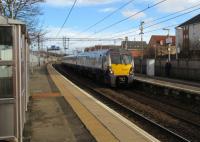
David Panton 21/02/2019
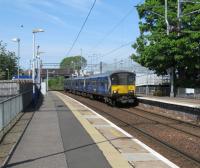
David Panton 19/05/2018
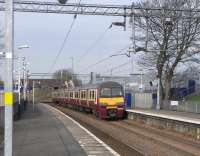
David Panton 26/03/2011
This was a two platform station with the main building on the Glasgow bound platform. Although there was little housing in the area there were a number of coal mines. The main station building was on the westbound platform and signalbox on the eastbound.
...
Before the Glasgow and Coatbridge Branch (North British Railway) opened Drumpeller Colliery, to the east, was served by a canal branch on the north side of the Monkland Canal.
...
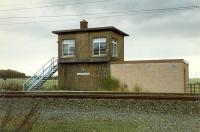
Ewan Crawford /12/1989
This is a two platform station. The station building is above the westbound platform with a footbridge running to the eastbound platform. To the south of the station is the car park. The station serves the north west of Coatbridge.
...
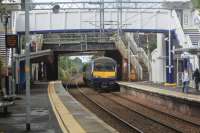
Alastair McLellan 03/08/2017
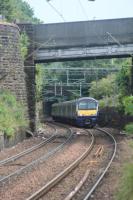
...
Alastair McLellan 03/08/2017
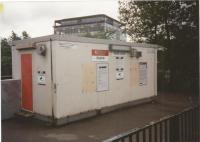
David Panton 17/07/1997
This signal box was located at the west end of the Summerlee Yard on the south side of Sunnyside Junction. The final form of this yard was laid out when the Glasgow and Coatbridge Branch (North British Railway) opened in 1870. [[Sunnyside Junction was where the Hornock Deviation met the Glasgow and Coatbridge. The original Monkland and Kirkintilloch Railway was different.
...
This junction is the successor to the original junction between the main line of the Monkland and Kirkintilloch Railway and the Kipps branch, and the line to Glasgow.
...
See also
Hornock Deviation (Monkland and Kirkintilloch Railway)
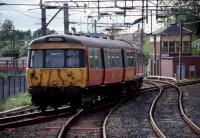
Roger Geach Collection /06/1991
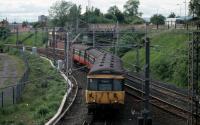
Roger Geach Collection /06/1991

Alastair McLellan 06/03/2019
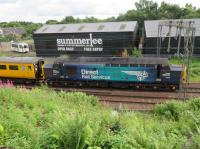
Alastair McLellan 11/07/2019
High Street Goods
This was a large goods depot in Glasgow. The depot was on the east side of High Street, just north of High Street station. A large number of sidings served a goods warehouse, approach to the yard was from the east.
...
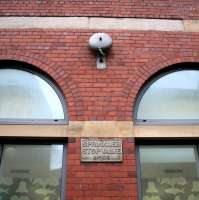
Colin McDonald 27/01/2015
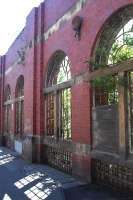
Ewan Crawford 05/05/2006
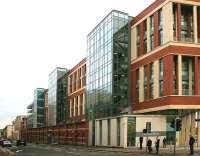
Colin McDonald 27/01/2015
This signal box controlled the east end of High Street Goods. It opened around 1904 and closed in 1967. The goods depot remained open until 1982. The shell of the box survived into the 2000s. ...
More details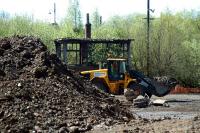
Ewan Crawford 05/05/2006
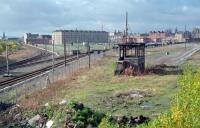
Ewan Crawford //1989
This is the junction to the east of High Street station where the line east to Airdrie is met with the freight and empty stock movements line from Pollok Junction.
...
See also
City of Glasgow Union Railway

Ewan Crawford //1987

Ewan Crawford 05/05/2006

Ewan Crawford 05/05/2006

Colin McDonald 24/01/2015
Bellgrove Goods Lines
This signal box controlled the east end of High Street Goods. It opened around 1904 and closed in 1967. The goods depot remained open until 1982. The shell of the box survived into the 2000s. ...
More details
Ewan Crawford 05/05/2006

Ewan Crawford //1989
This is the junction to the east of High Street station where the line east to Airdrie is met with the freight and empty stock movements line from Pollok Junction.
...
See also
City of Glasgow Union Railway

Ewan Crawford //1987

Ewan Crawford 05/05/2006

Ewan Crawford 05/05/2006

Colin McDonald 24/01/2015
This tunnel carried a double track goods and minerals line parallel and to the north of the Glasgow to Coatbridge Sunnyside and Airdrie line. It was opened to relieve pressure on the passenger lines to the south. It connected High Street Goods to the City of Glasgow Union Railway (just north of Bellgrove Junction) and on to Cadder Marshalling Yard.
...
Bellgrove East signal box was at Bellgrove Junction, the first version being on the north side of the junction. This was replaced in 1904 when the line was quadrupled. The new box - somewhat narrower than typical boxes - was in the 'V' of the junction and surrounded by lines thanks to the complications of the passenger and goods lines. (To the west the southern of the four through lines were the ...
More detailsSee also
City of Glasgow Union Railway

Colin Harkins 29/08/2006

Colin McDonald 23/12/2015

Colin McDonald 06/10/2014

David Panton 26/03/2011










